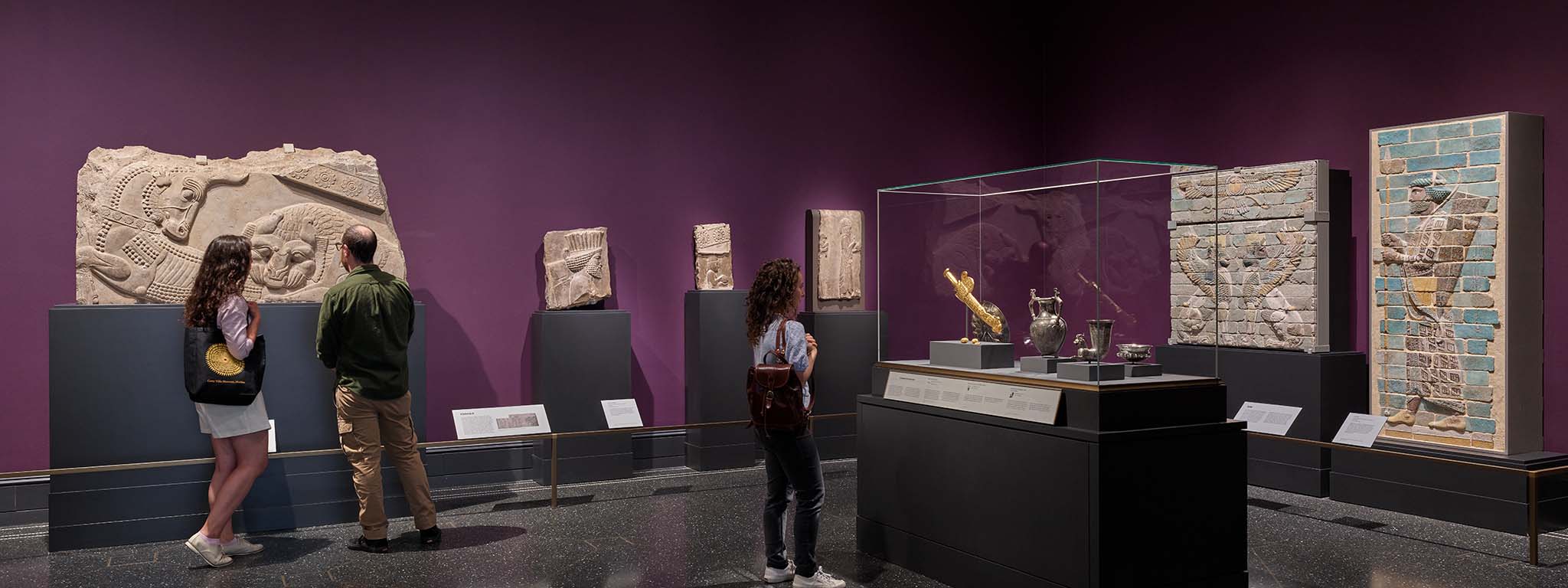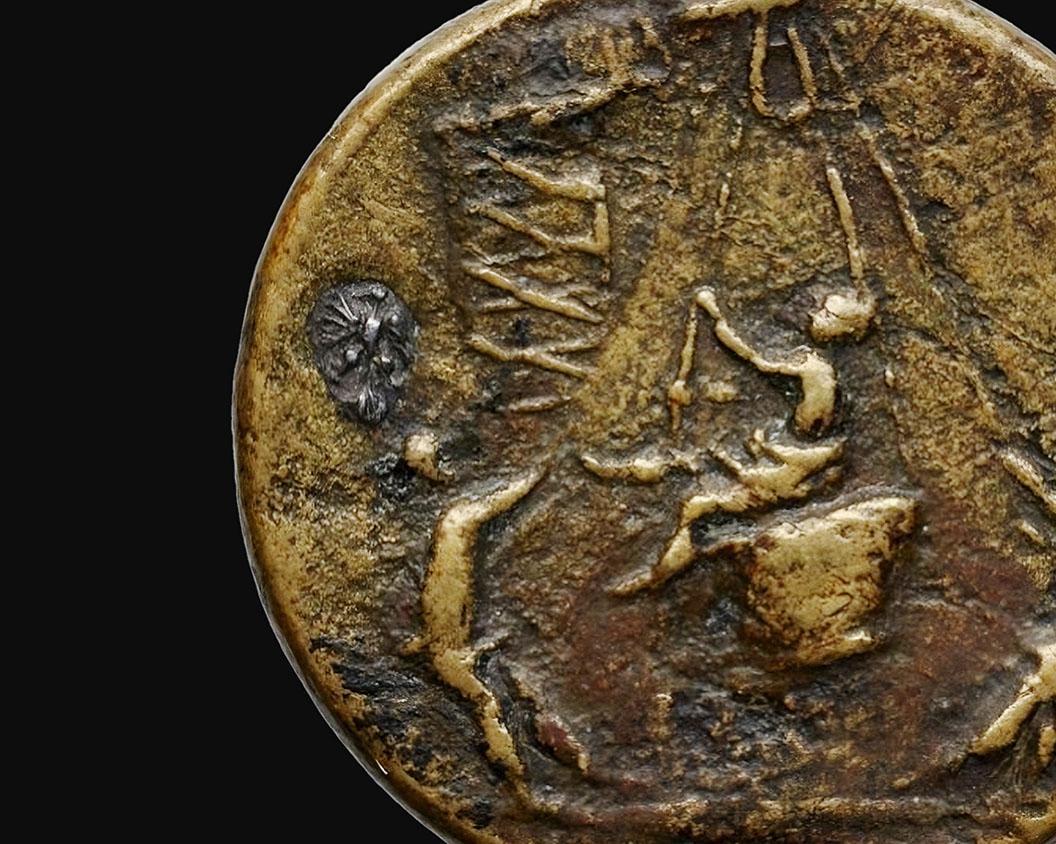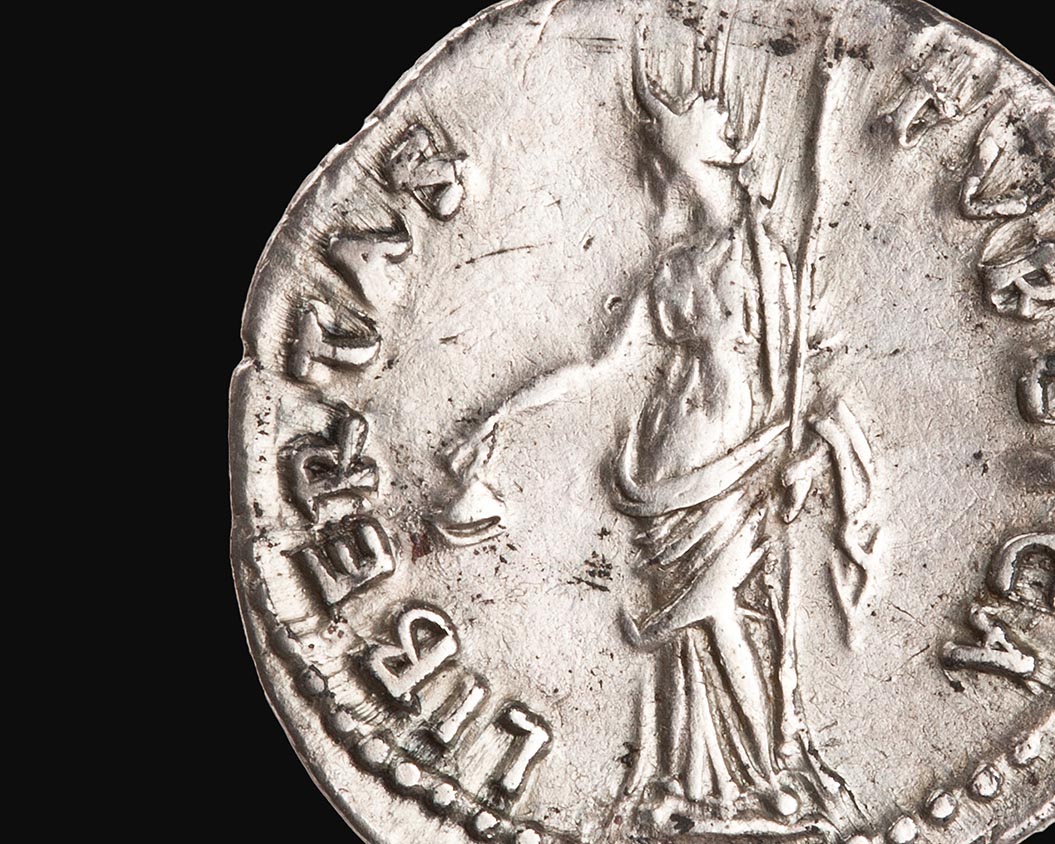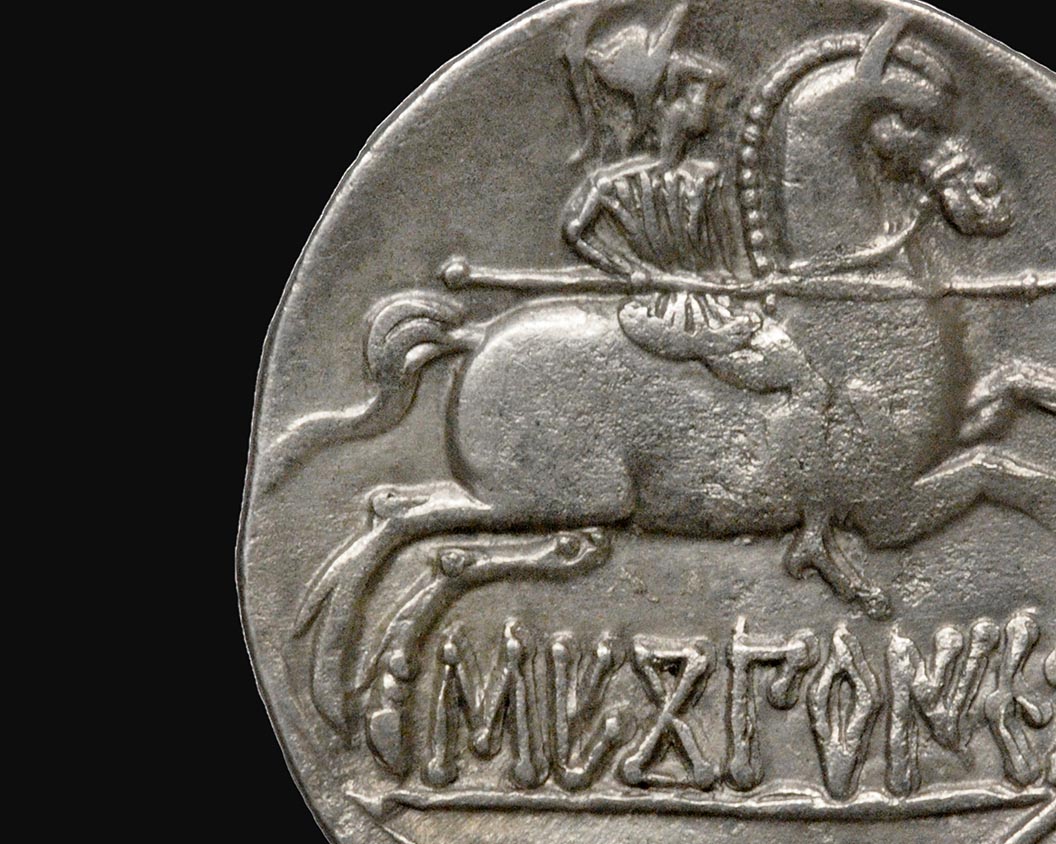Persia: Ancient Iran and the Classical World

April 6–August 8, 2022
Ancient Iran, historically known as Persia, was the dominant nation of western Asia for over a millennium (about 550 BC–AD 650), with three native dynasties controlling an empire of unprecedented size and complexity. This exhibition, part of the Getty Museum’s program The Classical World in Context, explores the artistic and cultural connections between the rival powers of Iran, Greece, and Rome. Works on view include royal sculpture, spectacular luxury objects, religious images, and historical documents assembled from major museums in the United States, Europe, and the Middle East. The exhibition is supported by an immersive film presentation exploring the site and palaces of the ceremonial capital of Achaemenid Persia, Persepolis.
Objects on Loan
The ANS has a total of 14 objects on permanent loan to the Persia: Ancient Iran and the Classical World exhibition. Highlights of the loan include:










